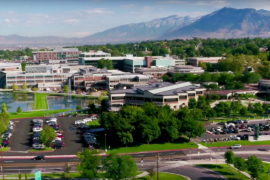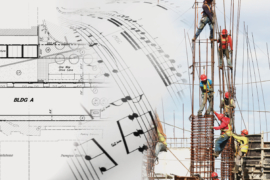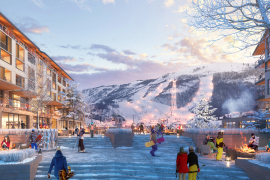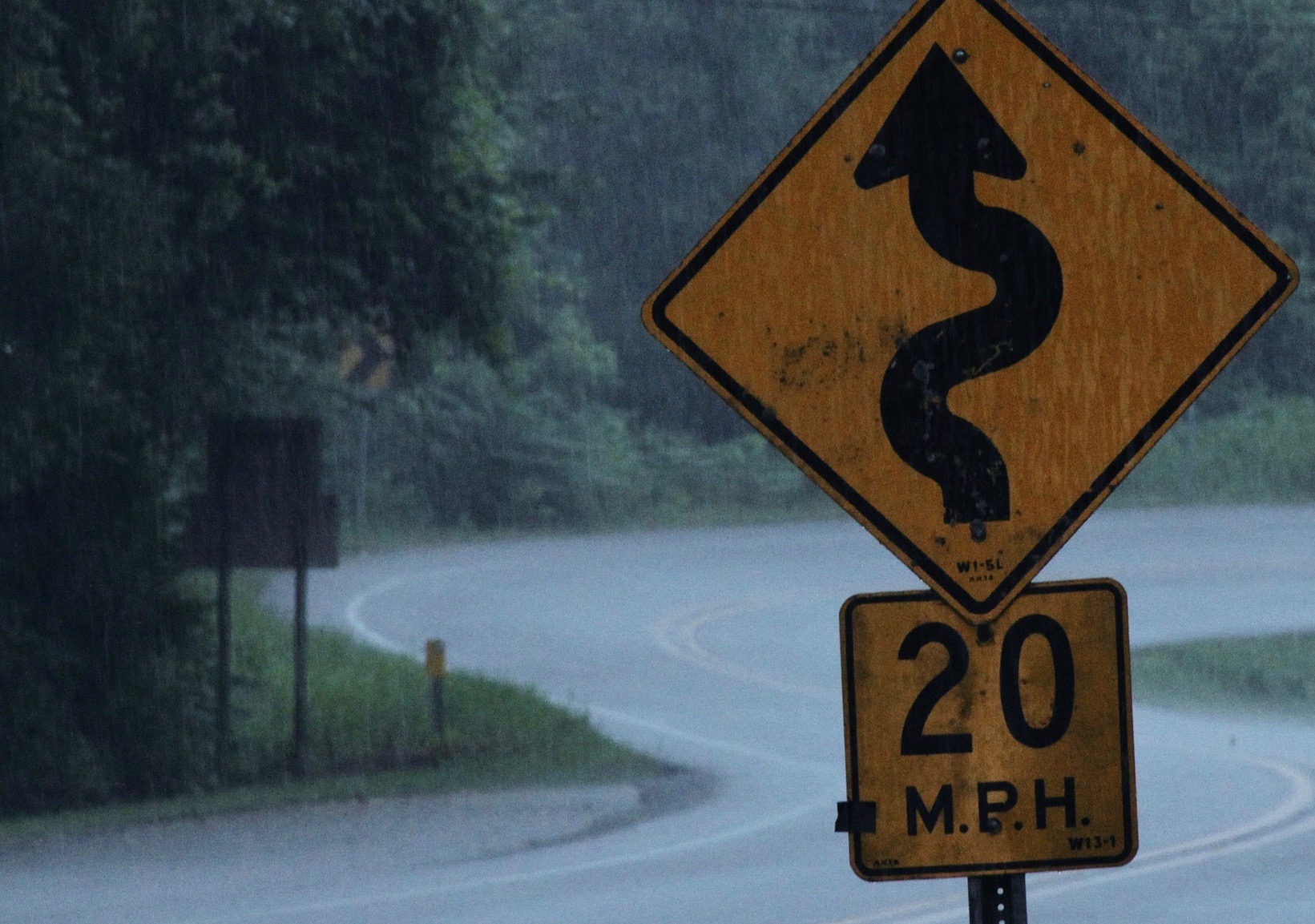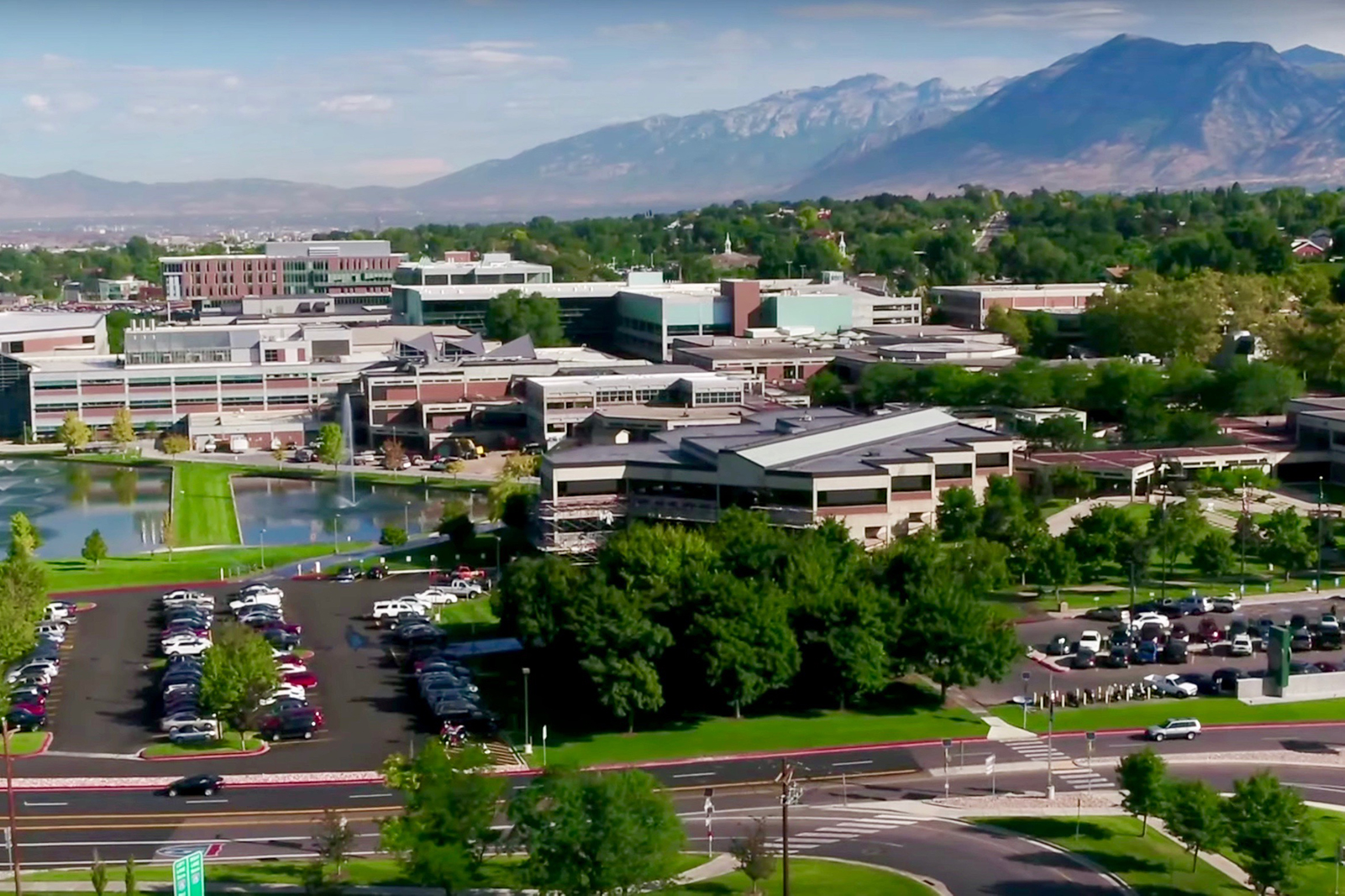Since May 2018, shortly after 8,700 census-tract areas were certified and designated by the Treasury Department as “Opportunity Zones,” headlines have had everything to say about the efficacy of these Opportunity Zones (OZs). Naysayers criticize the lack of social impact and are demanding for reform and change. Supporters praise the program, citing real transformations in these communities. Even President Trump, during his recent 2020 SOTU address to a joint session of Congress, cited job creation and private investments pouring into previously neglected neighborhoods, boasting, “This is the first time that these deserving communities have seen anything like this. It’s all working.”
Two years in and the question should be asked, “are Opportunity Zones really working?”
Brief Overview of Opportunity Zones
Established by the Tax Cuts and Jobs Act of 2017 and the result of a bipartisan effort, OZs were designed to encourage private capital to invest in economically distressed communities in order “to spur economic development and job creation,” (IRS FAQs Opportunity Zones). In exchange for these investments, investors receive significant tax benefits including a deferral in paying one’s tax bill up to 7 years (only eligible capital gains receive the benefits), a reduction in the amount of taxes owed on the invested capital, and with a minimum of 10 years in an OZ investment, the taxpayer can potentially exclude all the gain resulting from the sale of said investment. These unprecedented tax benefits, coupled with volatile capital market activity and late cycle jitters, were predicted to encourage billions and billions of dollars in private capital to pour into economically distressed communities.
Slower Adoption Than Expected
Despite the seemingly generous tax incentives, there has been a slower influx of dollars into OZs than expected. Novogradac, an organization which has taken a lead in reporting around OZs, specifically tracks Qualified Opportunity Funds (QOFs) through its Novogradac Opportunity Funds Listing (OZs are invested through QOFs). In October 2018, only $4.46 billion had been reported raised to date, far below the initially predicted billions upon billions coming into QOFs. Headlines about OZs getting off to a slower start than expected appeared to be the norm and OZs were not the darling investment everyone had predicted.
Initial confusion and lack of early adopters. Despite the extensive media coverage and two sets of IRS regulations, during 2018 and much of 2019, there was still disbelief that such favorable tax incentives could indeed be true. Several investors, while intrigued, were hesitant about such advantageous tax incentives being upheld and with the uncertainty in the political climate, people were holding off, choosing to wait on the sidelines to see how the initiatives would pan out. There were some, however, strained by their looming tax bills who took a leap of faith and invested early. For PEG, we received our first official OZ investment in December 2018, and we haven’t looked back since.
Final regulations in December 2019. Once the long–awaited final set of IRS regulations were published in December 2019, Novogradac reported an impressive $6.72 billion total raised as of January 2020, more than 50 percent growth from the previously reported $4.46 billion just 2 months prior. It appears that the late adoption had largely to do with the uncertainty around the IRS and whether the tax benefits were “too good to be true.” Clearing up confusion and solidifying the regulations around OZs helped to further alleviate uncertainty and the end of 2019 showed this renewed confidence in OZ. December 31 was also a big tax date for partnerships and determining eligible capital gain amounts – adding to the increase in total funds raised.
We may never really know just how much. It should be pointed out that the total funds raised by QOFs is undoubtedly higher than the $6.72 billion. With the Novogradac Opportunity Funds Listing being a voluntary rolling survey and many of the QOFs being tracked not revealing their fundraising levels, we do not have a true picture of fundraising in the Novogradac tracked-world. Furthermore, there are QOFs that are not part of the survey, including private QOFs also not reporting their investment levels. It is reasonable to estimate that the actual dollars raised to date are double or even triple the $6.72 billion. No longer in obscurity and with less associated apprehension, OZs are definitely hitting their stride. 2020 is the year to watch.
PEG and Opportunity Zones
Aside from the slower than expected start and mixed reviews of OZs, PEG’s experience has been largely positive, and we have been big fans since the beginning. As an organization that closely partners with its investors to “reimagine communities” and “broaden horizons everywhere,” OZs have certainly helped to encourage an influx of capital in the commercial areas we have been targeting.
Not all Opportunity Zones are created equal. One of the primary drivers behind our rosy outlook is the growth of the economies in the Intermountain West where PEG is focused and where our OZs reside. The designated OZs in the Intermountain West (UT, AZ, ID, MT, WY, CO) are largely adjacent to the urban downtown core and natural extensions to the growth seen in the region. Cities like Salt Lake City, Phoenix, Scottsdale, Boise, and even still Denver, are consistently ranked nationally for job growth and a high quality of living, luring transplants to move to the region from overpopulated and more expensive cities like those in the Bay area and along the east coast. There are OZ areas in these cities, that need new multifamily housing, hospitality options, office space, retail space, etc. Each of these asset types brings jobs to the area, spurring economic development and growth. With favorable yields, investments in this region are advantageous to the investor. We are fortunate to be developing in such a fast-growing region, and we are privileged to extend the best possible returns to our investors.
Must stand on its own. The dirty little secret, however, is that PEG does not seek out OZ investments specifically. What we care most about has not changed, nor will they ever change, and that is, we seek investments based on: 1) location, location, location; and 2) the project must meet our targeted investment requirements. If we find a site and an asset type that satisfies both criteria AND also happens to be in an OZ – we have an OZ winner. The projects we ultimately pursue must pencil on their own, with the OZ tax benefits considered icing on the cake to the investors.
A new crop of folk. One great benefit of OZs has been the introduction of new investors to PEG. With the attention to our region and the compelling nature of our offerings – the OZ program has helped PEG to expand beyond its traditional (and might we add, extremely loyal) investor base. In 2019 alone, we now have investors from all the major metros around the country, representing much larger investment groups, both private and institutional. From entrepreneurs selling their businesses, to investors exiting large positions in the capital markets, we have new investors who are making a social impact through their QOF investment, expecting the same types of returns as their non-OZ counterparts, and in the long run, will benefit from a tax program designed to revitalize the communities they are investing in.
Investments in OZs are Working
If the design of OZs was indeed “to spur economic development and job growth” in distressed communities – then from what we are seeing, OZs are definitely working. Neighborhoods in downtown Salt Lake City, Phoenix, Rochester, MN are changing from ignored and rundown to thriving areas of energy with Class A assets that will bring commerce and jobs to the neighborhood. We are not saints by any stretch, and admittedly our projects are being pursued because they make good, sound economic sense. But that is what every community should be looking for – strong commercial assets to provide a good tax base for the region, provide jobs, and bring commerce and revenues to the area.
Opportunity Zones are working. Of course, Father Time will be the ultimate judge. If only we had a time machine that could take us ten years into the future. In the meantime, based on the investments we are pursuing, what we are experiencing here in our region, and the growth in our various communities, I’d like anyone to tell me otherwise.







